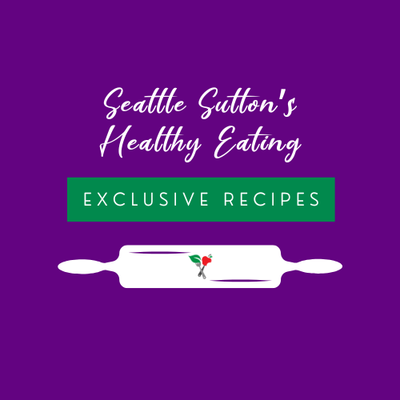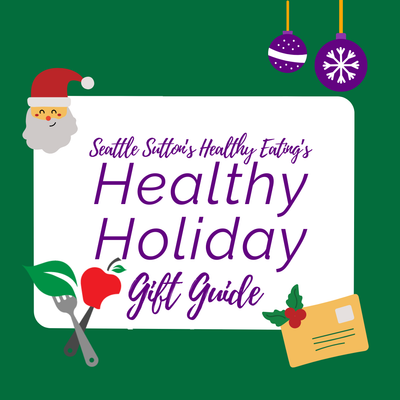Keep Yourself Hydrated This Summer: Tips, Trends, and Myths
Of all the nutrients in your diet, water is one of the body’s most essential. However, many people struggle to meet their daily fluid needs. Recently, social media trends and new products on the shelves have people reaching for beverages that do not match up with their health and wellness goals. On top of that, many hydration myths are still believed by many, creating an environment where many people are drinking the wrong amounts or choosing the wrong beverages.
Water serves many important roles in our bodies and losing even a small percentage of body fluid can lead to a drop in energy levels, weakness, poor mood, and decreased physical performance. Even a 2% loss of body fluid may result in decreased metabolism and cognition. Staying well hydrated can help reduce your risk of kidney stones, urinary tract infections, headaches, and constipation. Drinking adequate fluids each day can help us feel our best and allow our bodies to thrive.
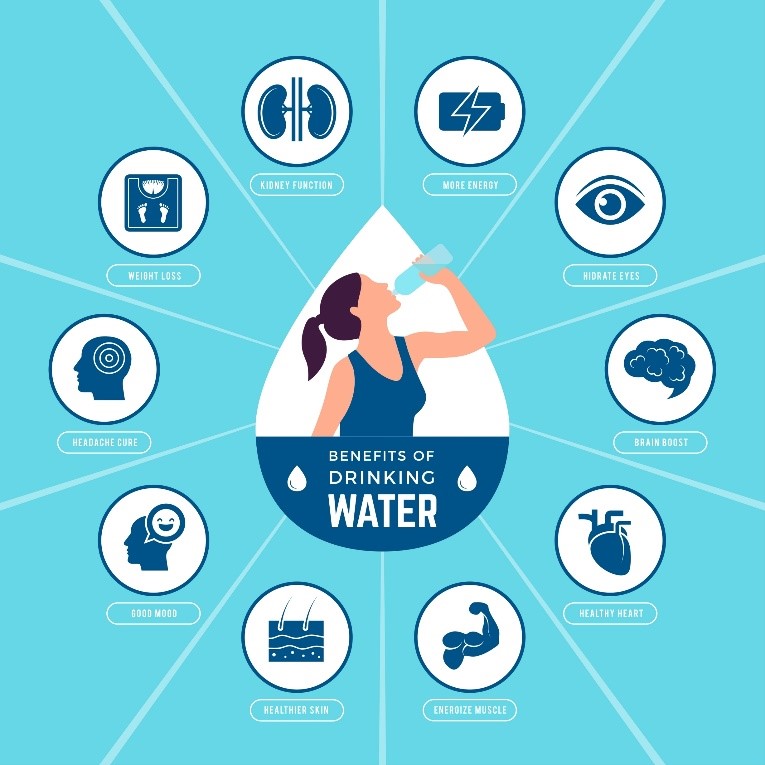
Hydration needs vary significantly from person to person, even from day to day. Health, activity levels, gender, temperature, and even what you eat can all impact how much water you need. Drinking half of your weight in ounces is a good start.
Risks of Under-Drinking
Many people struggle to drink enough water throughout the day, and this comes with some serious risks. Under drinking has been shown to alter metabolism, promote degenerative diseases, and shorten the lifespan. A new study by the National Institute of Health, titled “Good Hydration Linked to Healthy Aging,” followed over 11,000 people over the age of 25 and found that being adequately hydrated leads to being metabolically younger than their actual age, fewer chronic conditions, and led a longer life.
Another study looking at over 3,600 middle-aged men and women found that drinking low amounts of water was associated with developing high blood sugar and could be a strong risk factor for developing diabetes. It may be as strong a risk factor as obesity! A different study found that drinking higher amount of fluid was associated with a lower risk of chronic kidney disease.
Hydration Needs
To determine if you are drinking enough, ask yourself the following questions:
1.Are you thirsty throughout the day?
2.Do you feel weak, dizzy, or lightheaded?
3.Has your strength or stamina decreased?
4.Do you regularly have headaches?
5.Is your mouth dry?
6.Do you have nausea or burning in your stomach?
7.Do you regularly use the bathroom?
If you answered yes to any of these questions, it would be a good idea to look at how much you are drinking and determine if you need to add more throughout the day. This can be harder than it seems for many people. We all know we need to drink often throughout the day, but many of us fall short time and time again.
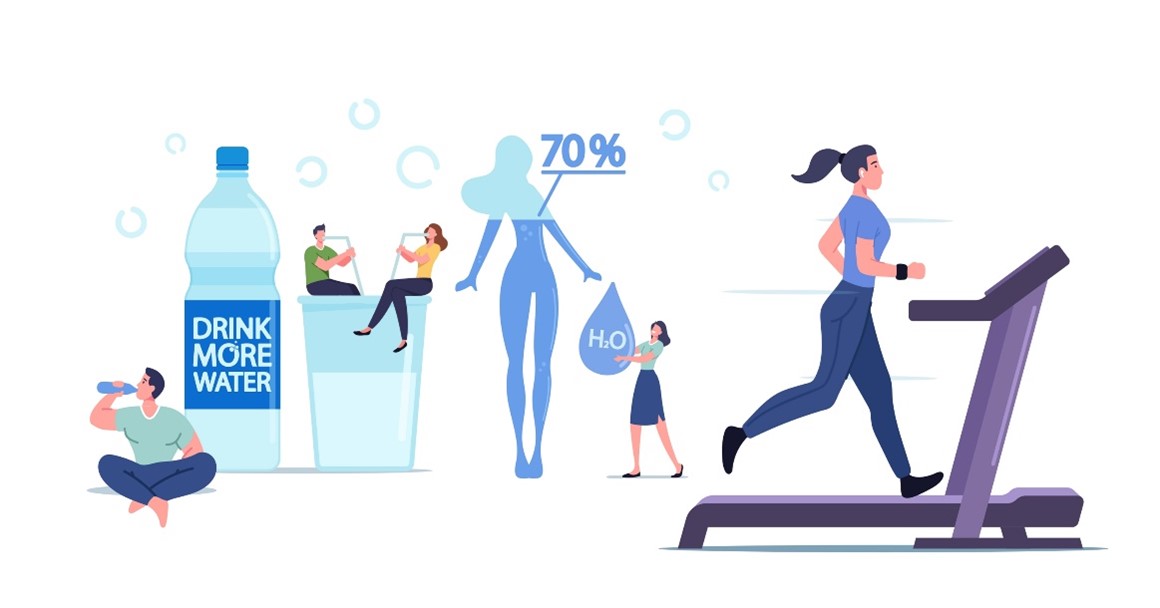
We each have our own barriers to keeping ourselves hydrated. Some common barriers include inconsistent schedules, medications, alcohol intake, fad diets, temperature changes, and more. The feeling of thirst declines as we age, so getting older is also a barrier because our bodies are not signaling to us as well that we need to drink.
Following a very low carbohydrate diet can also be a barrier to hydration. Many carbohydrate foods, such as fruits and vegetables, have a higher water content. In fact, making half of your plate fruits and vegetables at mealtimes can add up to two extra cups of water a day. On a low-carbohydrate diet, you may need to drink extra fluids because you aren’t consuming as many foods with a high water content and because this type of diet naturally results in losing more water weight.
Conversely, those following a high-fiber diet are also advised to increase their fluid intake since fiber absorbs more water in the digestive tract. The more fiber in your diet, the more fluid you should drink to help with digestion.
Determining if You Are Hydrated
Two great ways to determine if you are staying on top of your hydration are monitoring your urine color and sweat loss. Urine color is a reliable marker of hydration status. Lemonade-colored urine is a sign that you are adequately hydrated. Apple juice-colored urine indicates dehydration and clear urine could be a sign that you are drinking too much.
Changes in body weight before and after exercise is used to estimate sweat loss and can also help you determine if you are drinking enough while working out. It is recommended to weigh yourself before exercise and then again when you are finished. If you lose weight during exercise, it should be replaced with 2 cups of fluids for each pound lost.
What About #waterTok & Hydration Products
With recent trends like #watertok and the high availability of hydration replacements, it’s important to be a smart consumer with these products or recipes. Many of the water recipes on social media or flavoring packets at the store are made with high amounts of artificial ingredients, excess sodium, and sometimes a lot of sugar.
Many popular water recipes on social media (#waterTok) use sugar-free syrups, flavor packets, and other unnatural ingredients which can contain artificial sweeteners, colors, and flavors. Artificial sweeteners and other ingredients in many of these recipes are controversial, and research goes back and forth on their potential benefits and risks. We believe it is best to stick to foods from mother nature and focus on the natural sweetness of real food.
Hydration replacers can be useful for high-performance athletes or people who have been sick and lost a lot of fluids and need to replace lost fluids. But for an average person, who is not in either of these categories, these drinks may supply a large amount of salt and sugar, putting them over their body’s needs and the recommended daily amounts.

One popular product, LiquidIV, has pure cane sugar as the first ingredient and contributes 11 grams of added sugar, or 22% of the daily value in 1 stick. If you were to drink two packets per day, you would be drinking almost 90 calories of added sugar. To remind you, the American Heart Association recommends less than 100 calories a day for women and 150 calories a day for men of added sugar. It also contains 500 mg of sodium in 1 packet, which is almost a quarter of the daily recommendation in 1 drink!
LMNT is another product that is marketed as an electrolyte drink mix for those on a keto, low-carb, or paleo diet. This product has 1000 mg of sodium in 1 stick pack, which is 43% of the daily value. To compare, our 1200-calorie meals average less than 500 mg of sodium per meal so 2 whole meals would be similar sodium to 1 of these drinks. The Dietary Guidelines for Americans recommend less than 2300 mg of sodium for the average American adult and some individuals even less.
Other popular hydrating mixes contain tons of added sugars, questionable ingredients, artificial sweeteners, and artificial colors. Bottled sports drinks also can contain many of these same ingredients and oftentimes tip the scales even further with sky-high sugar content, sometimes as high as 28 grams, or 112 calories just from sugar! Many of these ingredients do not add any extra nutrition to the body or provide benefits.
Meeting Hydration Needs
Water is the best option for fluids throughout the day, but you do not need to rely on only water to keep yourself hydrated. If you struggle with drinking enough fluids, set a goal to increase your fluid intake. Some simple ways to increase your water intake include carrying a refillable water bottle, adding slices of fruit or vegetables to water (such as lemon, strawberries, or cucumber), drinking a glass of fluid with every meal and snack, keeping water by your bed at night, and most importantly not waiting to drink until your body tells you it is thirsty.
Focusing on eating a well-balanced diet with plenty of natural foods and drinking fluids with REAL ingredients will also help you meet your needs. Check out the following chart with the fluid content of different foods.
| Fluid Percentage | Food |
| 100% | Water |
| 90-99% | Milk, cantaloupe, strawberries, watermelon, lettuce, cabbage, celery, spinach, pickles, cooked squash |
| 80-89% | Yogurt, apples, grapes, oranges, carrots, cooked broccoli, pears, pineapple |
| 70-79% | Bananas, avocados, cottage cheese, ricotta cheese, baked potato, cooked corn, shrimp |
| 60-69% | Pasta, legumes, salmon, ice cream, chicken breast |
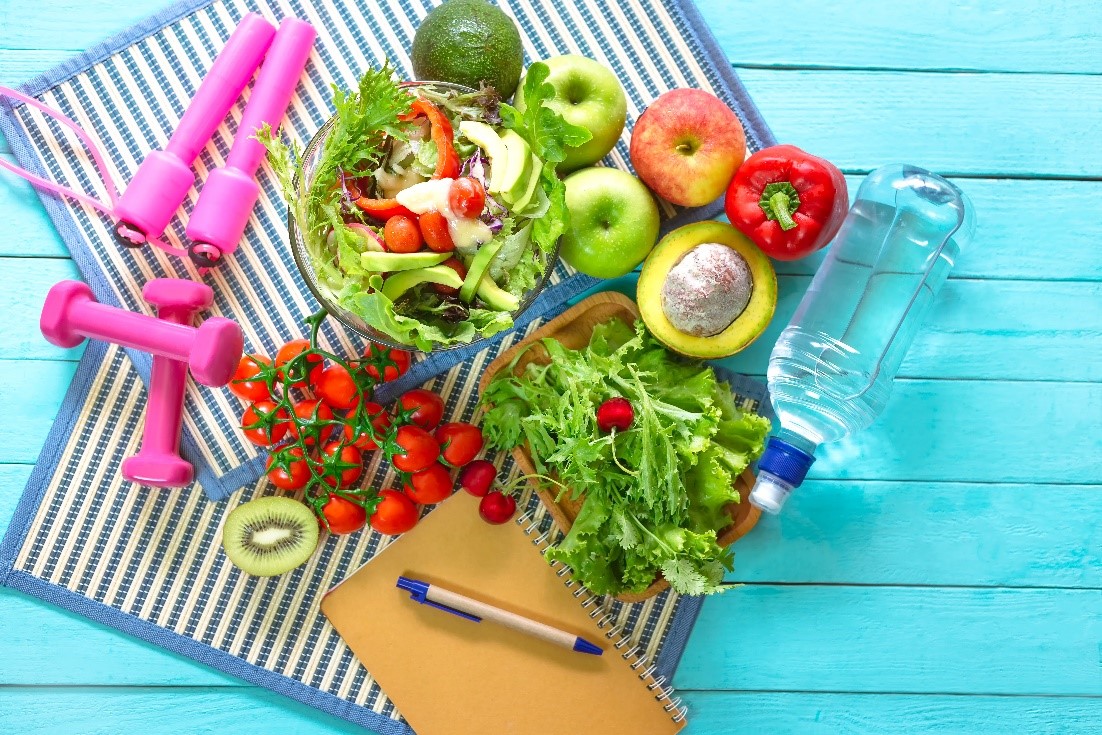
Twenty percent of our fluid needs are met through diet and the other 80% comes from what we drink. Most of your fluids should be from water but other fluids can be healthy options as well. At Seattle Sutton’s Healthy Eating, we also recommend:
- Unsweetened Coffee or Tea
- Fat-free or Low-fat Milk
- Fortified, Unsweetened Plant-based Milk
- Low-sodium Vegetable Juice
- Seltzer Water
It is best to stay away from regular or diet soda, sweetened tea, fruit drinks such as Vitamin Water, Hi-C, or sweetened coffee drinks. These drinks may impact your health, add empty calories, and lead to more sugar cravings throughout the day. You also don’t need processed, powdered mixes or unnatural, artificial ingredients to meet your fluid needs.
Hydration Myths Busted
It’s time to let go of some popular hydration myths! Here are some common ones…
1.Everyone needs 8 glasses a day.
Each person has different fluid needs depending on their age, size, activity level, diet, and more. It’s best to determine your personal hydration needs based on the information above.
2.Caffeine is dehydrating.
A study from 2014 found that dehydration does not result with moderate coffee consumption. Researchers followed 50 men and found that an intake of 4 cups of coffee per day did not result in dehydration. They concluded that coffee when consumed in moderation, provided similar hydrating qualities to water.
3.You only need to drink when you’re thirsty.
When your body is thirsty, you are already dehydrated. It is best to avoid getting thirsty and drink regularly throughout the day.
4.Electrolytes are not necessary during prolonged or intense exercise.
When you are working up a sweat you are losing electrolytes that need to be replaced. In instances when you are doing higher levels of activity, usually for an hour or more, replacing lost electrolytes will help you recover, maintain fluid balance, promote optimal muscle function, and prevent cramps, headaches, dizziness, and more. Typically, water and a balanced snack are enough to replenish electrolytes such as banana and peanut butter or a hard-boiled egg and fruit. This will help you avoid a lot of added sugars and empty calories.
5.Enhanced water is a necessity.
Most of us get the nutrients we need from our diet, and it is possible to get too much of a good thing. Also, some of these enhancements are just lost through urination if you already have adequate levels in your body. Many of the claims are more for marketing and to justify their higher costs without much nutritional research to support them.
6.More is always better.
Drinking too much isn’t a common problem but can occur. Drinking too much water can dilute the sodium content in the blood which can cause a life-threatening condition called hyponatremia. This can cause confusion, drowsiness, and headaches.
This summer when trying to beat the heat, keep yourself hydrated without falling for marketing and social media trends or believing old myths, instead invest in a fun water bottle, experiment with different REAL food additions, and set daily goals. Drinking the right kinds and amounts of fluids along with our convenient meal plans at Seattle Sutton’s Healthy Eating, you can enjoy the outdoors and keep yourself feeling your best all summer long.




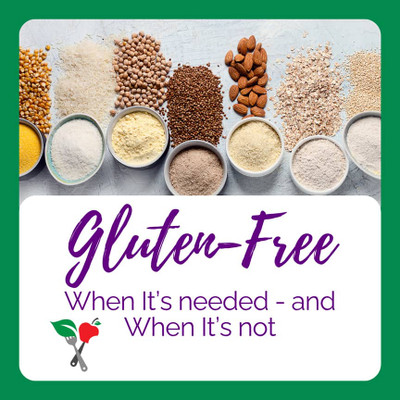

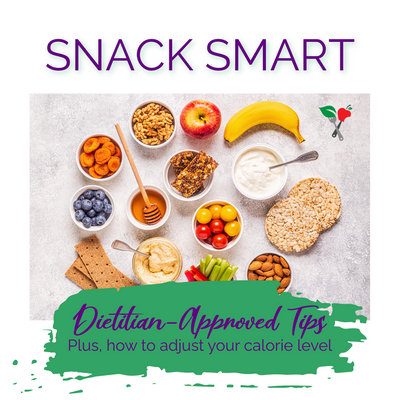
 Weight Loss
Weight Loss Health & Wellness
Health & Wellness Diabetes
Diabetes Heart Health
Heart Health Motherhood & Family
Motherhood & Family Dietary Restriction
Dietary Restriction Other Health Conditions
Other Health Conditions About SSHE
About SSHE